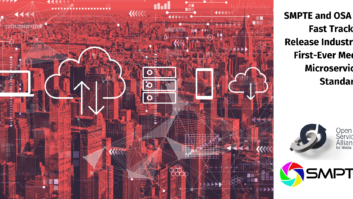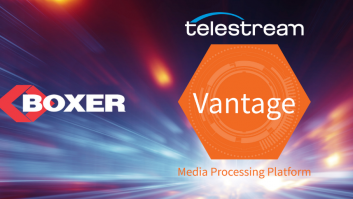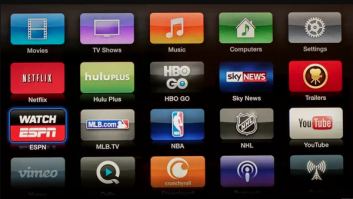
When discussing workflow, the term service oriented architecture (SOA) has cropped up a lot recently. There is a general feeling that it is a good thing, a way of making individual processes work together. But what really is an SOA?First, an SOA is organised around outcomes, not technology. You should be able to configure it for what you want to achieve and it will sort out the how. For too long, our work has been defined by the tools. With an SOA the tools are defined by the tasks.Second, an SOA is not a single monolithic piece of software, but a way for many smaller pieces of software to share important core functions, pulling in required functionality to complete a job, putting tasks together into a workflow.Third, an SOA inherently offers a means to combine functions from different sources, including different vendors, within a single coordinated and configurable user experience.At Grass Valley, our Stratus SOA allows you to drop all of the tools of a tapeless production system right into a newsroom computer workstation. With ENPS, iNews, Octopus and the many others that support MOS, running a service framework is easy. Tools for editing, ingest, asset management and playout are called from the host when needed and dismissed when they are not. In this vision of the newsroom you will have individual pieces of equipment from different vendors – servers, editors, graphics, newsroom scripting and so on – with metadata remapped between them, right within the SOA layer.The results illustrate the benefits of the SOA: it works as a coherent whole, with each sub-system remaining focused, light, agile, and stable. The user benefits are tremendous. There is one interface to learn rather than many. Any user can call any tool that the system administrator gives them permission to use. Software upgrades are pushed from the host eliminating the tedious job of running installers on every machine. The list goes on and on.For broadcasters and other video producers, SOAs represent the potential to revolutionise workflows in every area of operation by letting the task define the tools for the first time in our industry’s history.







